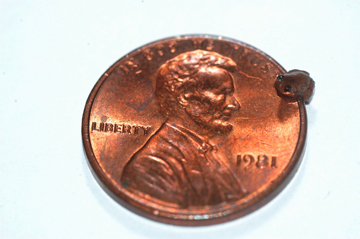 |
An elephant shrew in an undated photo released September 21, 2010. Credit: REUTERS/Zoological Society of London/ Handout |
Researchers in a remote Kenyan forest, the Boni-Dodori forest, think they may have discovered a new species of Giant Elephant Shrew (Macroscelidea). Further genetic analysis will be carried out by the Zoological Society of London and the Kenya Wildlife Services (KWS) to determine whether this is actually a new species or whether it is a new variety of a current species.
Interestingly, the Giant Elephant Shrew is more closely related to elephants than shrews. Unlike many small mammals, these Shrews are only active during the day. They use their long snout to search under leaf litter where their food source, invertebrates, can be found and eaten with their extremely long tongue. It is the long snout that originally gave the Elephant Shrew their name.
Scientists launch many expeditions a year to research biodiversity around the world and this is especially needed now that forests take up a much smaller area of the world than they did 40 years ago. This is particularly dangerous as loss of habitats can cause animals to become endangered and even extinct, especially if they are not as widespread as some animals. The Giant Elephant Shrew are among the list of endangered animals and the discovery of a new species is a very significant discovery. Elephant Shrews tend to be more adapted to areas where water and food is available all year round, such as coastal forests, and destruction of the forests can be drastically dangerous for the survival of these species.
References:
The African Wildlife Foundation (AWF)
Thanks to fellow zoologist Nicola for pointing this story out to me!















